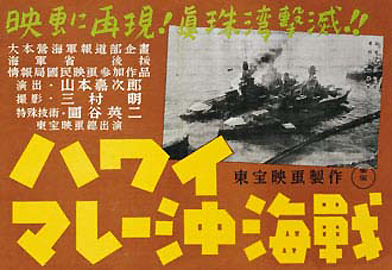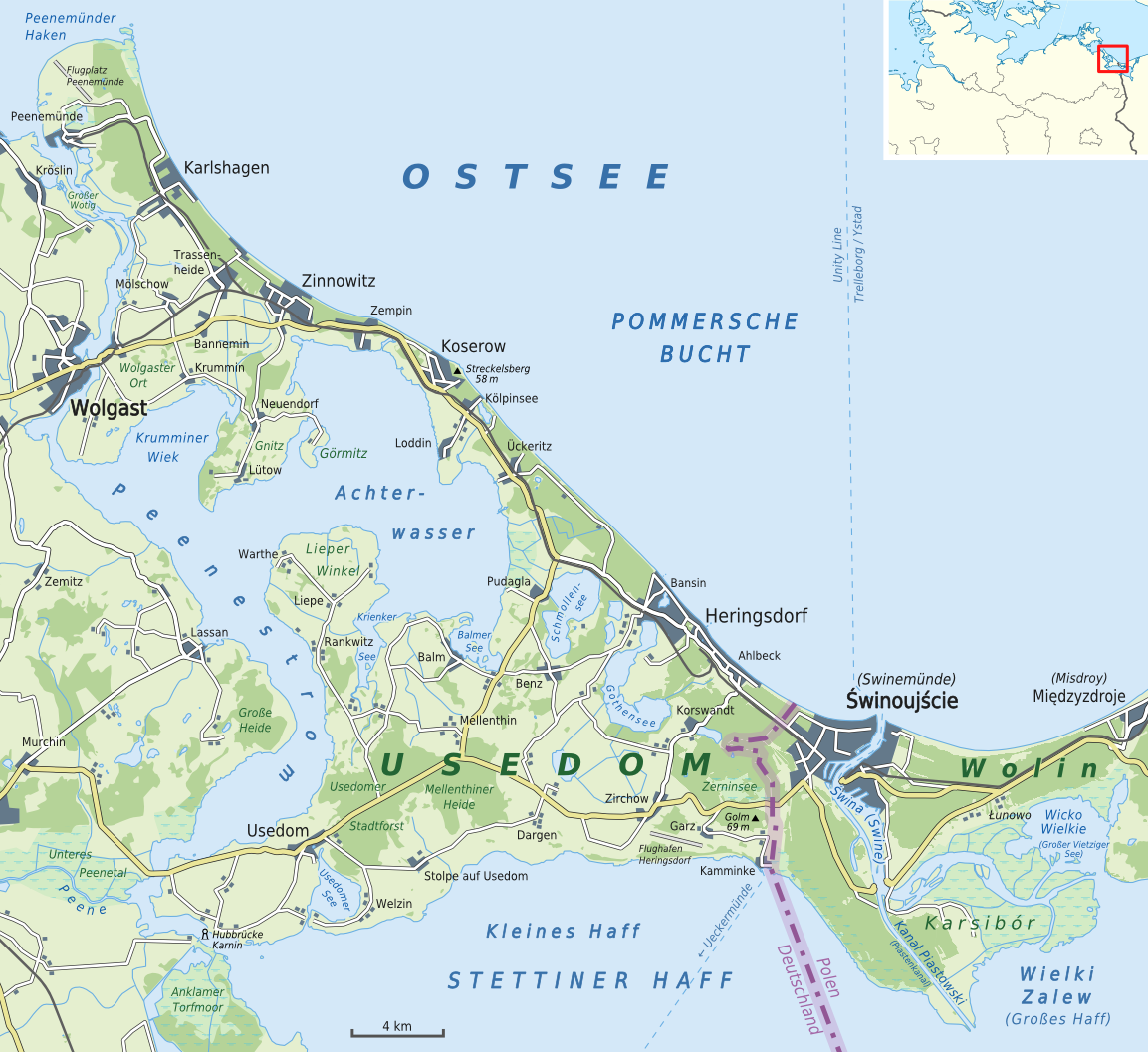|
V2. Escape From Hell
''V2. Escape from Hell'' () is a 2021 Russian prison action thriller war biopic film directed by Timur Bekmambetov. The film stars Thure Riefenstein, Pavel Priluchny, Pavel Chinarev and Daria Zlatopolskaya. Based on a true story, portions of Soviet Mikhail Devyatayev's autobiography form the basis of a World War II film produced by Bazelevs Company. The film is the first large-scale vertical format film featuring dynamic aerial combat. Mikhail Devyatayev enrolled at the Soviet Air Forces to fight in the Great Patriotic War. In July 1944, while on a sortie for the 1st Ukrainian Front, his plane was shot down and he was captured by the Wehrmacht. In the most difficult conditions, Devyatayev managed to develop and implement an escape plan from Hitler's heavily guarded Usedom prison, which used prisoners to build the V-2 rocket. The film had a wide release on 29 April 2021. Plot Summer of 1944. The Soviet troops are on the offensive, but the enemy is still very strong. In a battle with ... [...More Info...] [...Related Items...] OR: [Wikipedia] [Google] [Baidu] |
Timur Bekmambetov
Timur Nuruakhitovich Bekmambetov (, ; ; born June 25, 1961) is a Russian-Kazakhstan, Kazakh film Film director, director, Film producer, producer, screenwriter, and tech entrepreneur. He is best known for the fantasy epic ''Night Watch (2004 film), Night Watch'' (2004) and action thriller ''Wanted (2008 film), Wanted'' (2008), as well as for pioneering Screenlife (film format), Screenlife films: ''Unfriended'' (2015), ''Searching (film), Searching'' (2018) and ''Profile (2018 film), Profile'' (2021). He founded Baselevs, a production company that earned a spot among the 2021 World's 10 Most Innovative Companies in Video, according to Fast Company. Early life Bekmambetov was born on 25 June 1961, in the city of Atyrau, formerly known as Guriev. His father, Nuruakhit Bekmambetov, worked in management positions with the energy supplier GuryevEnergo. As Timur recollects, he was chief power engineer of Western Kazakhstan. His mother, Mira Bogoslovskaya, was deputy editor leading the ... [...More Info...] [...Related Items...] OR: [Wikipedia] [Google] [Baidu] |
War Film
War film is a film genre concerned with warfare, typically about naval, air, or land battles, with combat scenes central to the drama. It has been strongly associated with the 20th century. The fateful nature of battle scenes means that war films often end with them. Themes explored include combat, survival and escape, camaraderie between soldiers, sacrifice, the futility and inhumanity of battle, the effects of war on society, and the moral and human issues raised by war. War films are often categorized by their milieu, such as the Korean War; the most popular subject is the Second World War. The stories told may be fiction, historical drama, or biographical. Critics have noted similarities between the Western and the war film. Nations such as China, Indonesia, Japan, and Russia have their own traditions of war film, centred on their own revolutionary wars but taking varied forms, from action and historical drama to wartime romance. Subgenres, not necessarily distinct, includ ... [...More Info...] [...Related Items...] OR: [Wikipedia] [Google] [Baidu] |
Π ΠΎΡΡΠΈΠΉΡΠΊΠ°Ρ Π³Π°Π·Π΅ΡΠ°
' (russian: Π ΠΎΡΡΠΈΠΉΡΠΊΠ°Ρ Π³Π°Π·Π΅ΡΠ°, lit. Russian Gazette) is a Russian newspaper published by the Government of Russia. The daily newspaper serves as the official government gazette of the Government of the Russian Federation, publishing government-related affairs such as official decrees, statements and documents of state bodies, the promulgation of newly approved laws, Presidential decrees, and government announcements. History ''Rossiyskaya Gazeta'' was founded in 1990 by the Supreme Soviet of the Russian SFSR during the ''glasnost'' reforms in Soviet Union, shortly before the country dissolved in 1991. ''Rossiyskaya Gazeta'' became official government newspaper of the Russian Federation, replacing ''Izvestia'' and ''Sovetskaya Rossiya'' newspapers, which were both privatized after the Soviet Union's dissolution. The role of ''Rossiyskaya Gazeta'' is determined by the Law of the Russian Federation N 5-FZ, dated 14 June 1994 and entitled "''On the Procedure of Publ ... [...More Info...] [...Related Items...] OR: [Wikipedia] [Google] [Baidu] |
V-2 Rocket
The V-2 (german: Vergeltungswaffe 2, lit=Retaliation Weapon 2), with the technical name ''Aggregat 4'' (A-4), was the worldβs first long-range guided ballistic missile. The missile, powered by a liquid-propellant rocket engine, was developed during the Second World War in Nazi Germany as a "vengeance weapon" and assigned to attack Allied cities as retaliation for the Allied bombings of German cities. The rocket also became the first artificial object to travel into space by crossing the KΓ‘rmΓ‘n line (edge of space) with the vertical launch of MW 18014 on 20 June 1944. Research into military use of long-range rockets began when the graduate studies of Wernher von Braun attracted the attention of the Wehrmacht. A series of prototypes culminated in the A-4, which went to war as the . Beginning in September 1944, over 3,000 were launched by the Wehrmacht against Allied targets, first London and later Antwerp and LiΓ¨ge. According to a 2011 BBC documentary, the attacks from r ... [...More Info...] [...Related Items...] OR: [Wikipedia] [Google] [Baidu] |
Usedom
Usedom (german: Usedom , pl, Uznam ) is a Baltic Sea island in Pomerania, divided between Germany and Poland. It is the second largest Pomeranian island after RΓΌgen, and the most populous island in the Baltic Sea. It is north of the Szczecin Lagoon estuary of the Oder river. About 80% of the island belongs to the German district of Vorpommern-Greifswald in the state of Mecklenburg-Vorpommern. The eastern part and the largest city on the island, ΕwinoujΕcie, are part of the Polish West Pomeranian Voivodeship. The island's total area is β in the German part and in the Polish part. Its population is 76,500 (German part 31,500; Polish part 45,000). With an annual average of 1,906 hours of sunshine, Usedom is the sunniest region of both Germany and Poland, and it is also one of the sunniest islands in the Baltic Sea, hence its nickname "Sun Island" (german: Sonneninsel, pl, Wyspa SΕoΕca). The island has been a tourist destination since the GrΓΌnderzeit in the 19th centur ... [...More Info...] [...Related Items...] OR: [Wikipedia] [Google] [Baidu] |
Adolf Hitler
Adolf Hitler (; 20 April 188930 April 1945) was an Austrian-born German politician who was dictator of Nazi Germany, Germany from 1933 until Death of Adolf Hitler, his death in 1945. Adolf Hitler's rise to power, He rose to power as the leader of the Nazi Party, becoming the Chancellor of Germany, chancellor in 1933 and then taking the title of in 1934. During his dictatorship, he initiated European theatre of World War II, World War II in Europe by invasion of Poland, invading Poland on 1 September 1939. He was closely involved in military operations throughout the war and was central to the perpetration of the Holocaust: the genocide of Holocaust victims, about six million Jews and millions of other victims. Hitler was born in Braunau am Inn in Austria-Hungary and was raised near Linz. He lived in Vienna later in the first decade of the 1900s and moved to Germany in 1913. He was decorated during his Military career of Adolf Hitler, service in the German Army in Worl ... [...More Info...] [...Related Items...] OR: [Wikipedia] [Google] [Baidu] |
Wehrmacht
The ''Wehrmacht'' (, ) were the unified armed forces of Nazi Germany from 1935 to 1945. It consisted of the ''Heer'' (army), the ''Kriegsmarine'' (navy) and the ''Luftwaffe'' (air force). The designation "''Wehrmacht''" replaced the previously used term and was the manifestation of the Nazi regime's efforts to rearm Germany to a greater extent than the Treaty of Versailles permitted. After the Nazi rise to power in 1933, one of Adolf Hitler's most overt and audacious moves was to establish the ''Wehrmacht'', a modern offensively-capable armed force, fulfilling the Nazi rΓ©gime's long-term goals of regaining lost territory as well as gaining new territory and dominating its neighbours. This required the reinstatement of conscription and massive investment and defense spending on the arms industry. The ''Wehrmacht'' formed the heart of Germany's politico-military power. In the early part of the Second World War, the ''Wehrmacht'' employed combined arms tactics (close-cover ... [...More Info...] [...Related Items...] OR: [Wikipedia] [Google] [Baidu] |
1st Ukrainian Front
The 1st Ukrainian Front (Russian: ΠΓ©ΡΠ²ΡΠΉ Π£ΠΊΡΠ°ΠΈΜΠ½ΡΠΊΠΈΠΉ ΡΡΠΎΠ½Ρ), previously the Voronezh Front (Russian: ΠΠΎΡΠΎΠ½Π΅ΠΆΡΠΊΠΈΠΉ Π€ΡΠΎΠ½Ρ) was a major formation of the Soviet Army during World War II, being equivalent to a Western army group. Background During the first months of the war, officers from 16 regions of Ukraine conscripted about 2.5 million people from military enlistment offices. 1.3 million militiamen from the left-bank and southern regions of Ukraine fought against the enemy. In 1941, about 3.185 million citizens of the Ukrainian SSR were sent to the Soviet Red Army and Navy. Replenishing mostly the units of the Southern and Southwestern fronts, the Ukrainian people formed the basis of the 37th, 38th, and 40th armies; and the 13th and 17th rifle divisions. Due to the conscription of civilians, the proportion of Ukrainian citizens fighting in south-west Ukraine reached 50%. This significantly exceeded the percentage of Ukrainians from t ... [...More Info...] [...Related Items...] OR: [Wikipedia] [Google] [Baidu] |
Eastern Front (World War II)
The Eastern Front of World War II was a Theater (warfare), theatre of conflict between the European Axis powers against the Soviet Union (USSR), Polish Armed Forces in the East, Poland and other Allies of World War II, Allies, which encompassed Central Europe, Eastern Europe, Northern Europe, Northeast Europe (Baltic states, Baltics), and Southeast Europe (Balkans) from 22 June 1941 to 9 May 1945. It was known as the Great Patriotic War (term), Great Patriotic War in the Soviet Union β and still is in some of its successor states, while almost everywhere else it has been called the ''Eastern Front''. In present-day German and Ukrainian historiography the name German-Soviet War is typically used. The battles on the Eastern Front of the Second World War constituted the largest military confrontation in history. They were characterised by unprecedented ferocity and brutality, wholesale destruction, mass deportations, and immense loss of life due to combat, starvation, expos ... [...More Info...] [...Related Items...] OR: [Wikipedia] [Google] [Baidu] |
Vertical Video
A vertical video is a video created either by a camera or computer that is intended for viewing in portrait mode, producing an image that is taller than it is wide. It thus sits in opposition to the multiple horizontal formats normalised by cinema and television, which trace their lineage from the proscenium theatre, Western landscape painting traditions, and our visual field. Vertical video has historically been shunned by professional video creators because it does not fit the aspect ratio of established moving image forms, such as film and television, as well as newer web-based video players such as YouTube, meaning that black spaces appeared on either side of the image. However, the popularity of mobile video apps such as Snapchat and TikTok, which use the more mobile-friendly portrait format, have led to an increase in the production of vertical videos by advertising companies. History Historical uses Vertical filmmaking has aesthetic roots reaching back at least to th ... [...More Info...] [...Related Items...] OR: [Wikipedia] [Google] [Baidu] |





